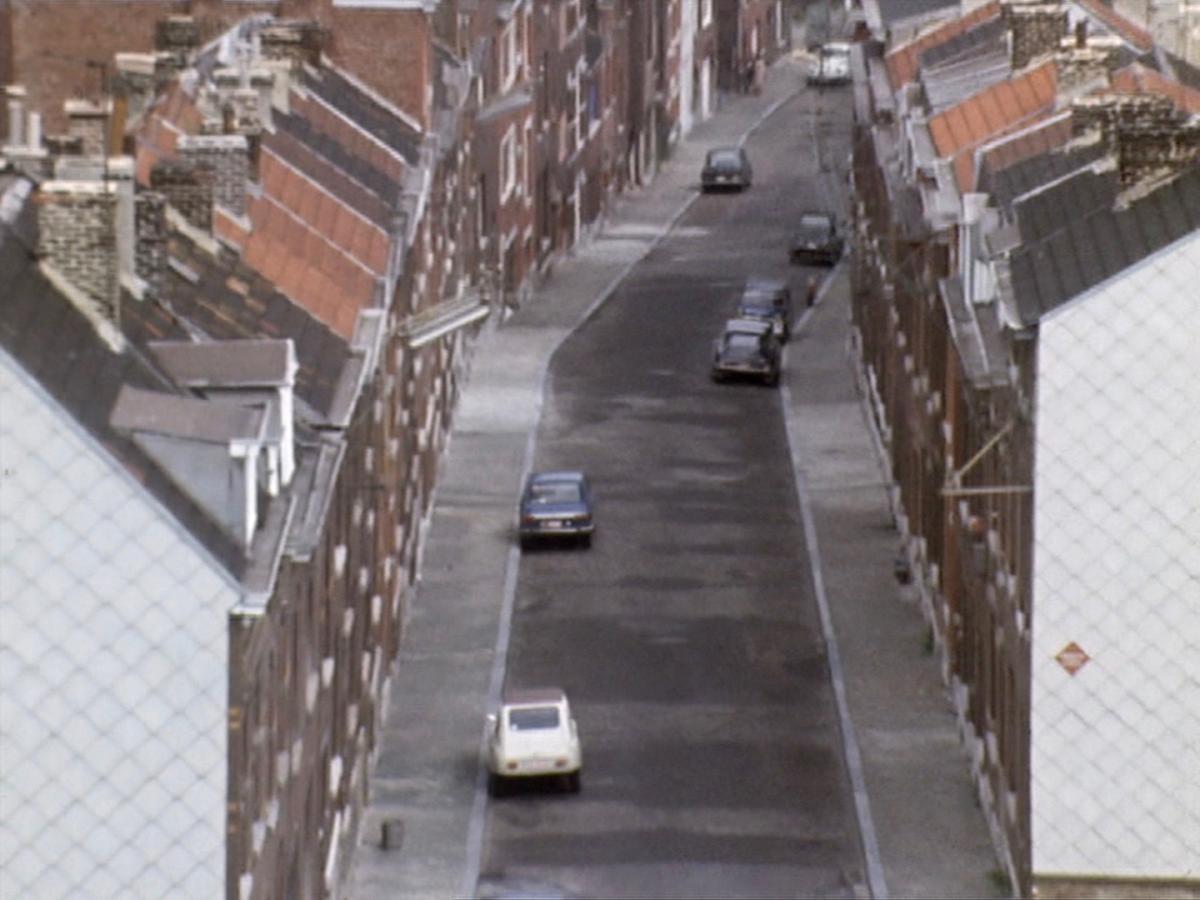The Street

As part of its 1971–1972 programme, the Van Abbemuseum in Eindhoven has planned an exhibition on the street as a form of visual environment. The museum thus becomes part of an international trend that manifests a renewed interest in the street as a living environment, see: Rudofsky, Streets for People. The exhibition in Eindhoven would consist of four sections:
1. street typology
2. meaning and functions of street types
3. sociological meaning of the street/meeting point of society;
4. the street as an environment for a new art, see: Jürgen Claus, Expansion der Kunst.
In order to bring this concept to a successful conclusion, the traditional approach and means of an exhibition no longer suffice. The organizers, Jean Leering and Harald Szeemann, need to call on a broad, interdisciplinary panel, in which specialists of audiovisual communication techniques have a primordial role to play.
Even though it’s business as usual, it is nevertheless highly surprising that television is not involved in such an initiative, both from the perspective of the organizers and from that of television. It is not normal that television’s task is limited to a brief report of the exhibition. At the very least, one should ask oneself whether this offers ground for a fruitful cooperation. The following arguments support this claim:
1. The subject is ideally suited for a fascinating television programme. The street is a theme that is present in almost all television programmes, without ever being addressed explicitly.
2. The preparatory work of the exhibition organizers could benefit television, as the latter no longer has to do the research itself.
3. By becoming part of the team from the outset, television, as a specialist in audiovisual communication, could orient the team’s research so as to benefit both the exhibition and a possible television programme of its own.
4. The exhibition is not limited to the walls of the museum, but is extended to the television network. Conversely, television becomes involved in a concrete social process (which only happened in the entertainment sector so far). The involvement of television indicated here could be extended to all sectors, such as scientific research.
5. It would be a first for Flemish television, which could be important given the concept’s international nature.
Archival document concerning the television programme De straat [The Street]. First broadcast: 14 September 1972. Script: Geert Bekaert; camera: Guido Van Rooy; montage: Gust Malfliet; production: Herwig Jacquemyns; directed by Jef Cornelis.
This document is published in Dutch in De Witte Raaf, no. 117 (september-oktober 2005).
With thanks to Kristine Kloeck.
This text is published in the context of the online première of Voyage à Paris (1993), Abdij van Park Heverlee (1964), De Straat (1972) and Rijksweg N1 (1978) by Jef Cornelis, tonight at 20:30 on Avila. You can find more information on the event here.

